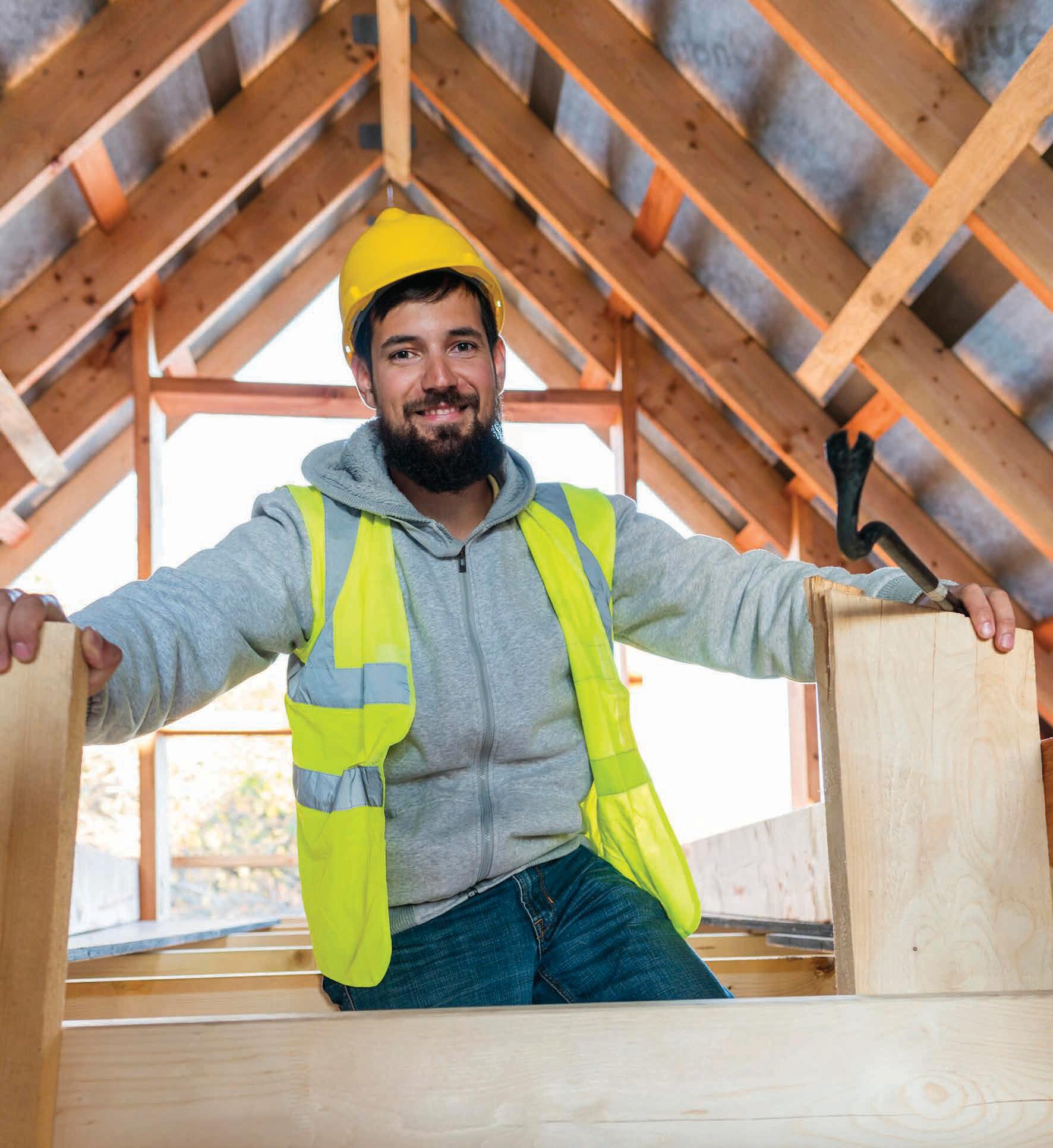
2 minute read
Australian Building Codes Board roll out new National Construction Code
As many of you will be aware the Australian Building Codes Board (ABCB) have rolled out the new 2022 National Construction Code (NCC).
The key focus to restructure the code and introduce a new clause referencing system is to improve the consistency across all Volumes. To do this they also created the new Housing Provisions Standard, which many would know as the Section 3 of the previous 2019 NCC.
The changes have a total new look to what we have become familiar with, however the ABCB’s intent is to improve user experience and make the NCC more web accessible.
To assist users with the new format, the ABCB have kindly incorporated old clause numbers on the righthand side of the new provisions as a handy reference tool.
Whilst it was expected that the 2022 NCC would be rolled out last year, government agreed to defer its implementation date, acknowledging the number of significant changes and the need to give industry time to adapt to the changes.
MBV suggests that all users familiarise themselves with the “List of Amendments” in each volume of the 2022 NCC and the ABCB Housing
Provisions Standard, it will scope out and offer a brief commentary of the changes in comparison with NCC 2019.

Here are some of the key changes:
Bushfire protection — commenced 1 May 2023.
Residential care, health care, early childhood as well as primary and secondary schools buildings will need to be designed with bushfire protection to support vulnerable occupants that are unable to readily evacuate in the event of a bushfire.
Early childhood centres — commenced 1 May 2023.
Volume 1 includes revised DTS provisions to support vulnerable occupants in early childhood centres located on upper levels of a multi-storey building.
Face mounted balustrades — commenced 1 May 2023.
The gap between the face of a trafficable surface and the balustrade is now limited to a maximum 40 mm, to reduce the hazard of a larger gap.
Falls to floor waste — commenced 1 May 2023.
Floor in a wet area must be graded to any required and non-required grated floor waste in a wet area, and:
• (a) the minimum continuous fall of a floor plane to the waste must be 1:80; and
• (b) the maximum continuous fall of a floor plane to the waste must be 1:50. (Part 10.2.12 ABCB Housing Provisions)
Performance Requirement H4D2 for Wet Areas allows compliance through AS 3740 or Part 10.2 of the ABCB Housing Provisions.
If you choose to design and comply with AS 3740 you will still have to meet the requirements of 10.2.1 to 10.2.6 and 10.2.12 of the ABCB Housing Provisions and any sub referenced clauses.
AS 3740: 2021 Water Proofing of Domestic Wet Areas — commenced 1 May 2023.
Some key changes:
• Water proofing required to all of the shower wall.
• Gradient requirements changed for surface finishes.
• Waterproof membranes must be graded with a minimum 1:100 fall to the waste puddle flange that incorporates the grated drain.
• Floor finish to wet area must have minimum 1:100 fall
• Floor finish to shower area must have minimum 1:80 fall
• If whole bathroom is designed as an unenclosed shower without a shower screen the floor substrate must have a minimum 1:80 fall and the membrane should be on top of the screed.
• Waterproof shower walls
» All of the shower wall must be waterproofed to a minimum height of 1800 mm above the finished floor level or 50 mm above the shower rose, whichever is the higher to the shower wall and must have water-resistant wall lining to a shower area
• Membrane – Gradients
» New requirement that where the surface finish (e.g. tiles) is required to drain to a floor waste, then the waterproof membrane wherever placed below those finishes must also be graded.



